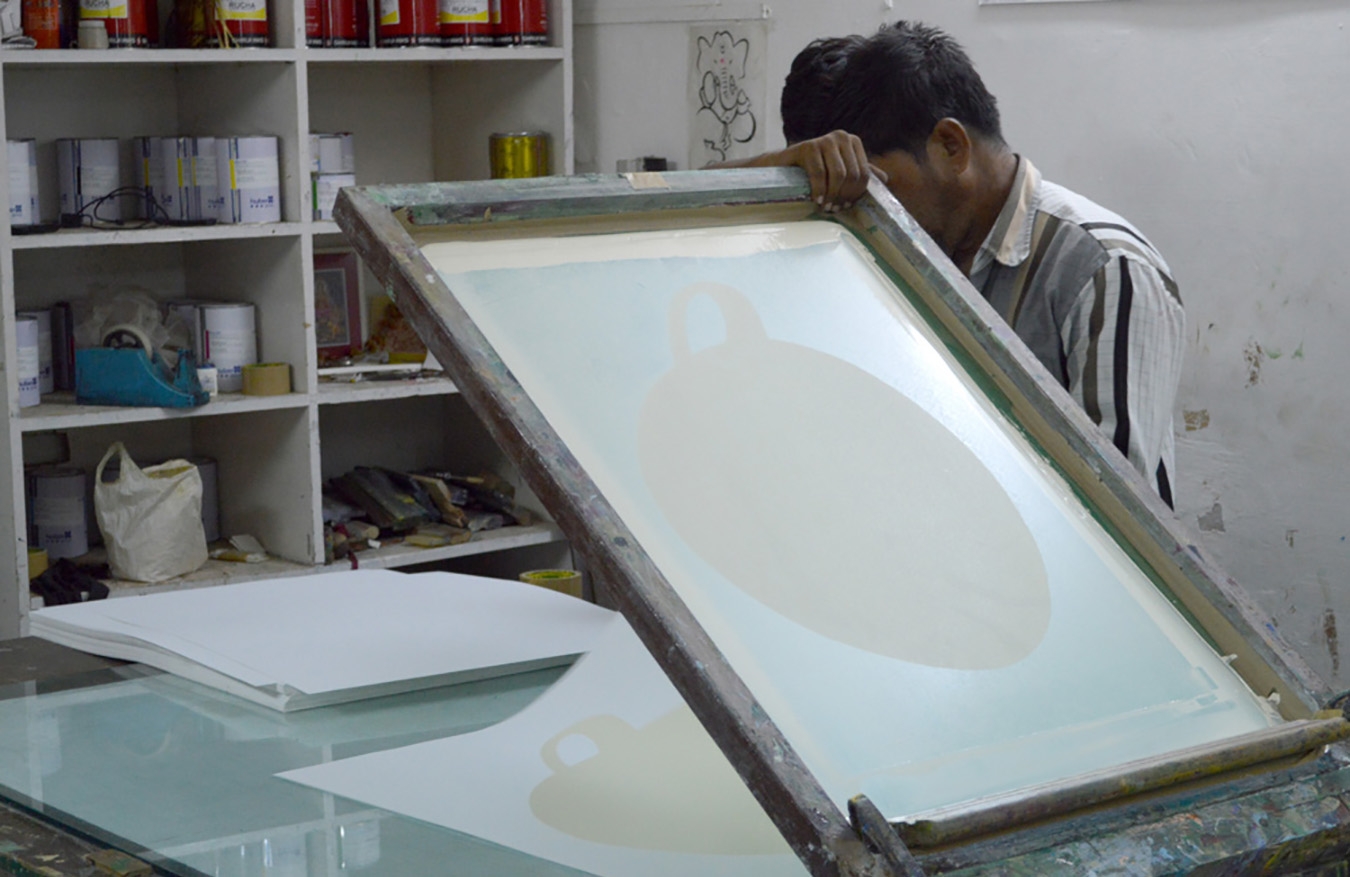Screen printing, often known artistically as serigraphy, evolved from a commercial process to become one of the most powerful and democratic art techniques of the 20th century. Its usage allows artists to produce multiple original prints (a limited edition print run is called an edition), offering a unique blend of graphic sharpness, intense colour, and reproducible quality.
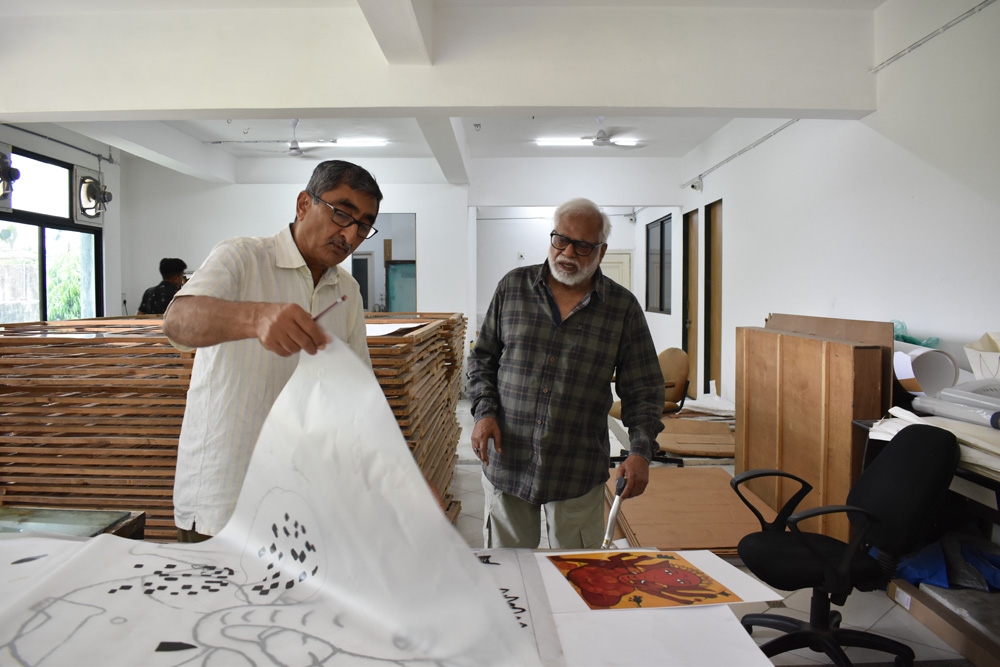
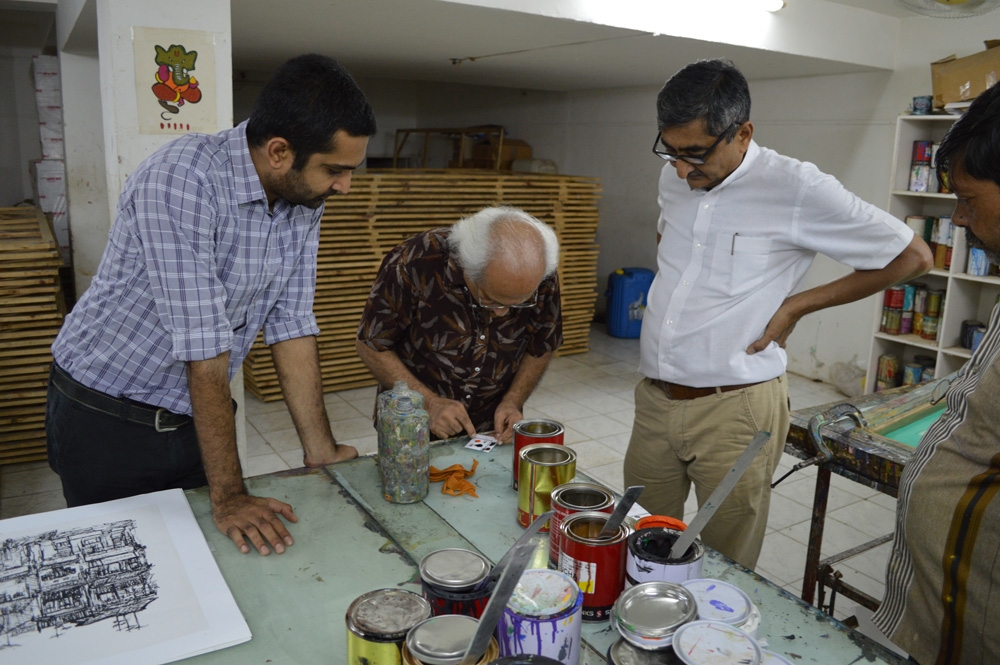
From Humble Stencil to Pop Art Icon
The genesis of screen printing lies in ancient stencilling, perfected in Asia for applying designs to fabric. However, its leap to fine art occurred in the 20th century with the refinement of the silk screen process in the West.
- Early Technique: The initial method involved blocking out parts of a silk mesh with materials like glue or varnish, leaving the desired image area open. Ink was then pushed through the open mesh with a rubber squeegee. This was a tedious, hand-driven process, but it yielded remarkably flat, saturated colours.
- The Rise of Photo-Emulsion: The true game-changer was the introduction of photo-emulsion stencils. Artists could now transfer photographic images and intricate line work onto the screen using light exposure. This technique dramatically increased the detail possible and allowed for the reproduction of complex, multi-layered images.
- The Pop Art Moment: Screen printing was eternally cemented in the art world by artists like Andy Warhol in the 1960s. Warhol embraced the technique's mechanical, repeatable nature, using it to satirize and celebrate consumer culture with mass-produced images of celebrities and commercial objects. This act elevated the serigraph from a craft to a legitimate, revolutionary art medium, proving that repetition and reproduction could be artistic statements in themselves.
Serigraphy and the Indian Art Narrative
In the Indian context, screen printing, or serigraphy, gained acceptance later, but it served a profound purpose: the democratization of art.
Indian master artists saw serigraphy as a potent tool to make their highly sought-after original works accessible to a wider audience, thereby challenging the elitism often associated with fine art.
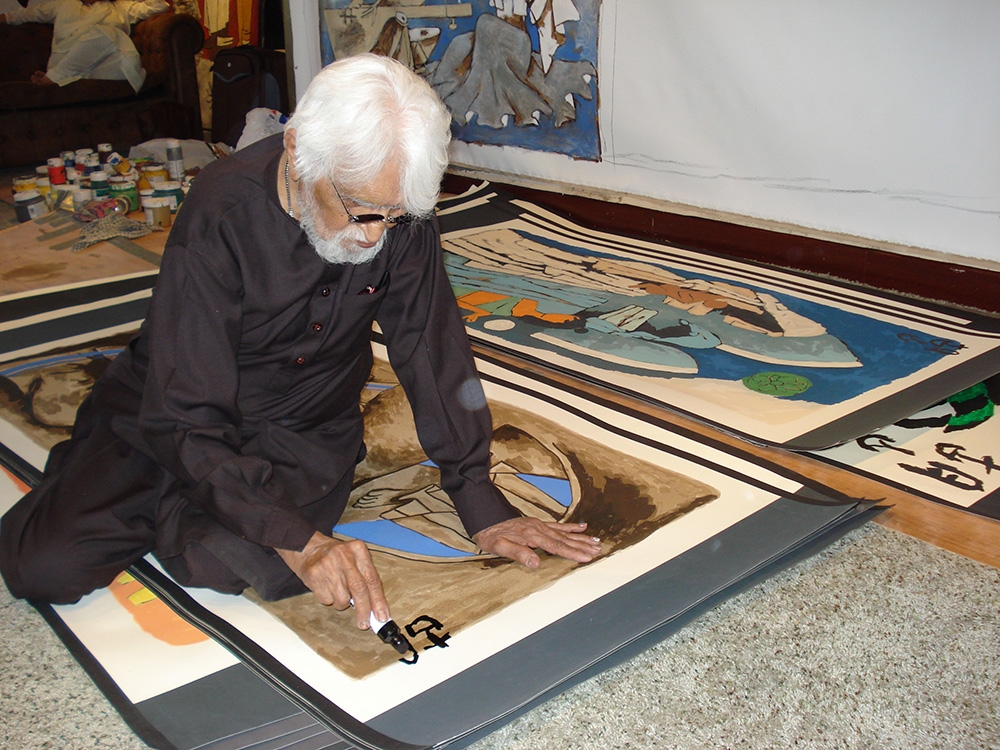
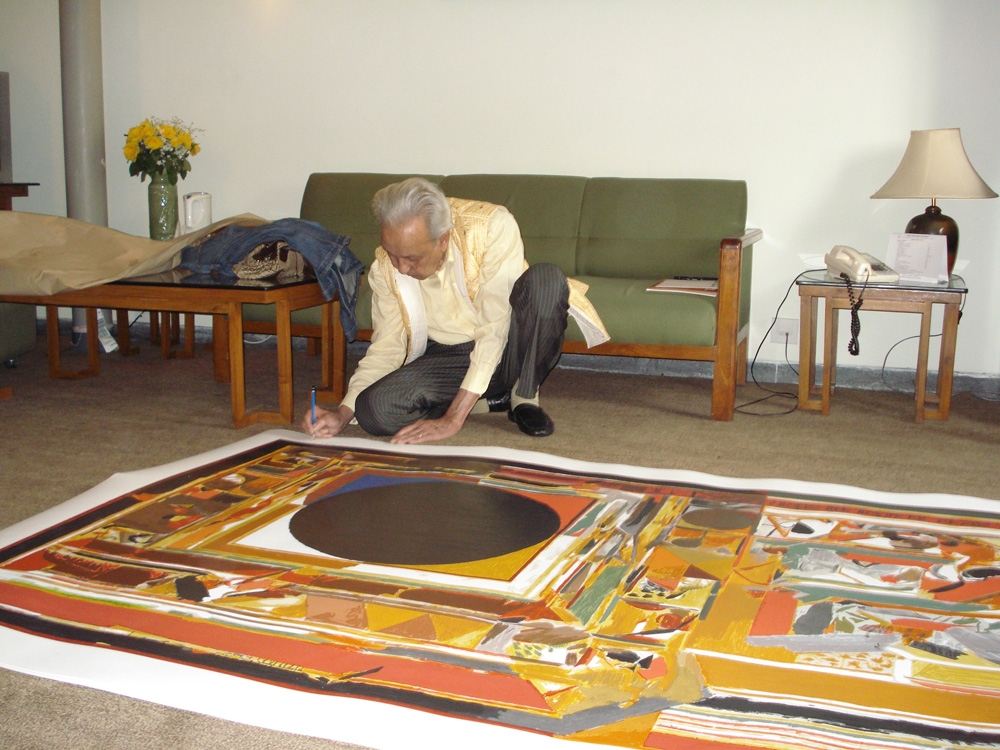
- M. F. Husain: Champion of Accessibility:The legendary M.F. Husain was instrumental in legitimizing the medium. By creating limited-edition, signed serigraphs of his vibrant paintings (like those of horses or mother Teresa), he ensured that his work could be owned and appreciated by more people. His involvement established the serigraph as an "original print"—a valuable piece created under the artist's direct supervision, not just a cheap copy.
- Capturing Folk Vibrancy:Artists like Thota Vaikuntam, known for his colourful, graphic depictions of rural Telangana life, rely on the serigraph's ability to lay down thick, saturated layers of colour. The technique perfectly translates the bold character and clarity of his figures.
- Precision for Abstraction:Abstract artists, such as S.H. Raza, found serigraphy ideal for reproducing the stark, clean lines and defined colour fields of their work, particularly his famous Bindu compositions. The precise stencil process ensures geometric and colour accuracy.
- Pioneering Technical Practice:Printmakers like Jyoti Bhatt were pioneers, establishing early silkscreen facilities in Indian art schools and constantly experimenting with techniques that pushed the medium's expressive limits.
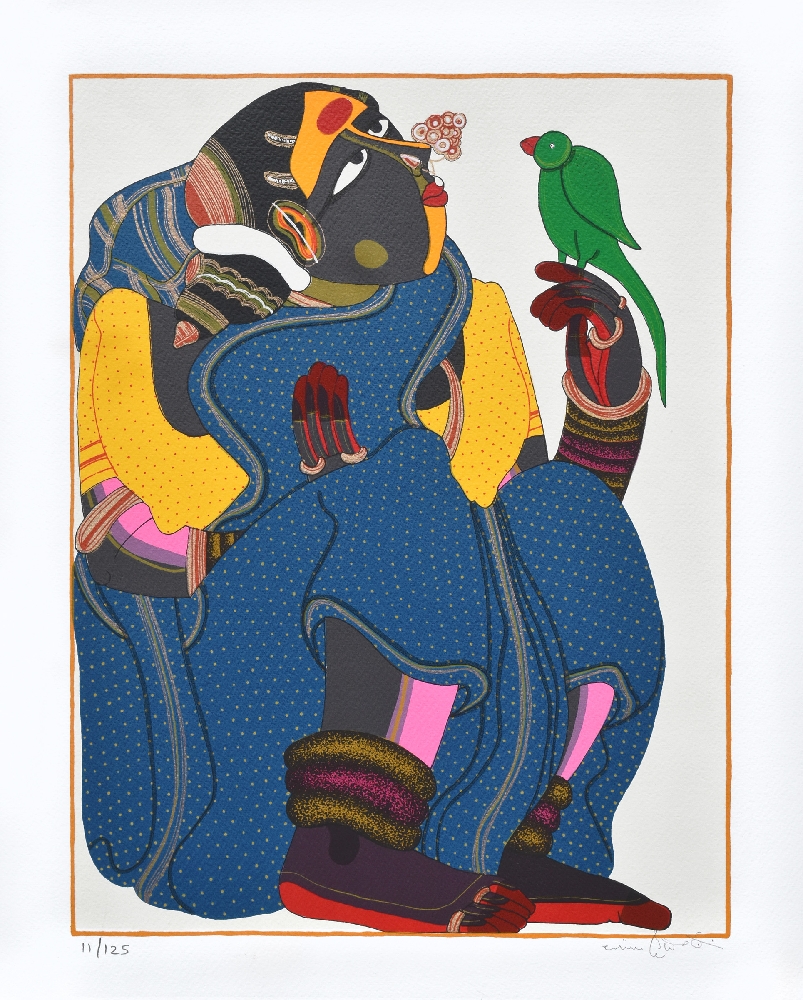
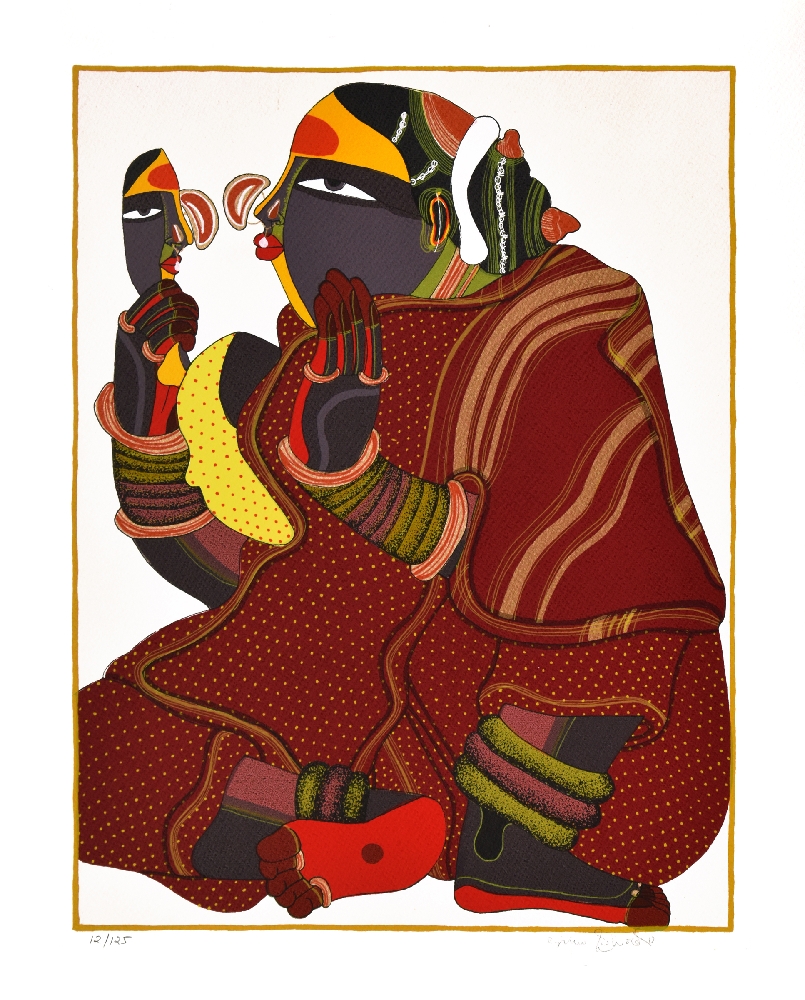
Today, serigraphy thrives in India, with artists across generations using its technical precision and rich color output to communicate cultural narratives, social commentary, and abstract ideas, making the beauty of their unique artistic vision available to all.

